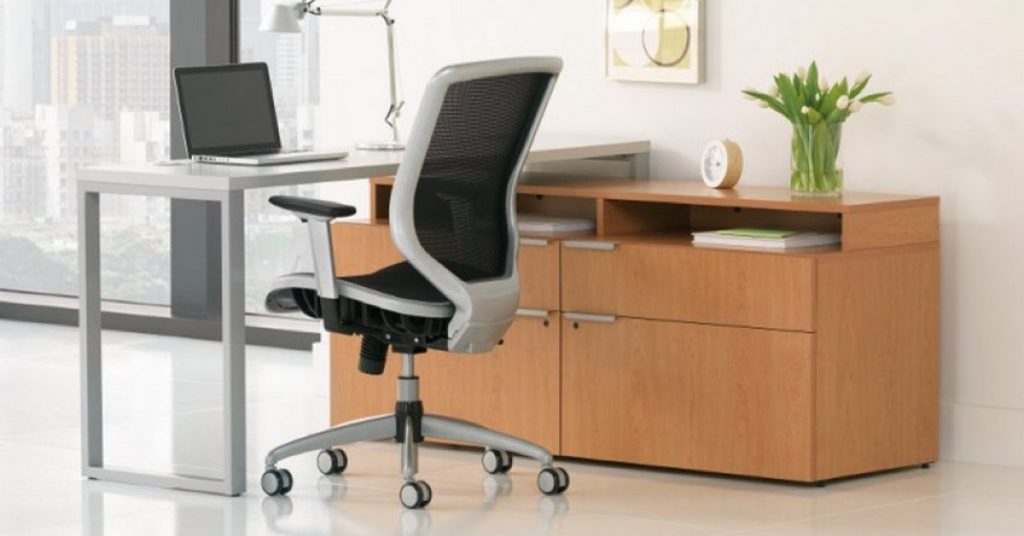

Also, having sufficient space will reduce the risk of injury from simultaneous activities.Ĭhildren with special health care needs may require more space than typically developing children (1).

Crowding has been shown to be associated with increased risk of developing upper respiratory infections (2). To meet these needs, the use of activity space for each age group will be inherently different.Ĭhild behavior tends to be more constructive when sufficient space is organized to promote developmentally appropriate skills. Comments from researchers indicate that other factors must also be considered when assessing the context of usable floor space for child care activities (1,5-8).Īlthough each child’s development is unique to that child, age groups are often used to categorize developmental needs. Recommendations from research studies range between forty-two to fifty-four square feet per child. Historically, a standard of thirty-five square feet was used. In addition to meeting the needs of children, caregivers/teachers require space to implement programs and facilitate interactions with children.Ī review of the literature indicates that in the past ten years, there has been growing research and study into how the physical design of child care settings affects child development. Studies have shown that the quality of the physical designed environment of early child care centers is related to children’s cognitive, social, and emotional development (e.g., size, density, privacy, well-defined activity settings, modified open-plan space, a variety of technical design features and the quality of outdoor play spaces). Recommendations from research studies range between forty-two to fifty-four square feet per child (1). Provide an environment that is highly functional for program delivery and to encourage strong, positive staff-to-child relationships Īccommodate the recommended group size and staff-to-child ratio andĮfficiently use space and incorporates ease of supervision. Numerous studies have explored child care space requirements that are necessary to: Usable, indoor floor space for the children’s activity area depends on the design and layout of the child care facility, and whether there is an opportunity and space for outdoor activities. This excludes floor area that is used for:Ĭirculation (e.g., walkways around the activity area) Ĭlassroom support (e.g., staff work areas and activity equipment storage that may be adjacent to the activity area) įurniture (e.g., bookcases, sofas, lofts, block corners, tables and chairs) Ĭenter support (e.g., administrative office, washrooms, etc.) A usable floor space of fifty square feet per child is preferred. In general, the designated area for children’s activities should contain a minimum of forty-two square feet of usable floor space per child.


 0 kommentar(er)
0 kommentar(er)
